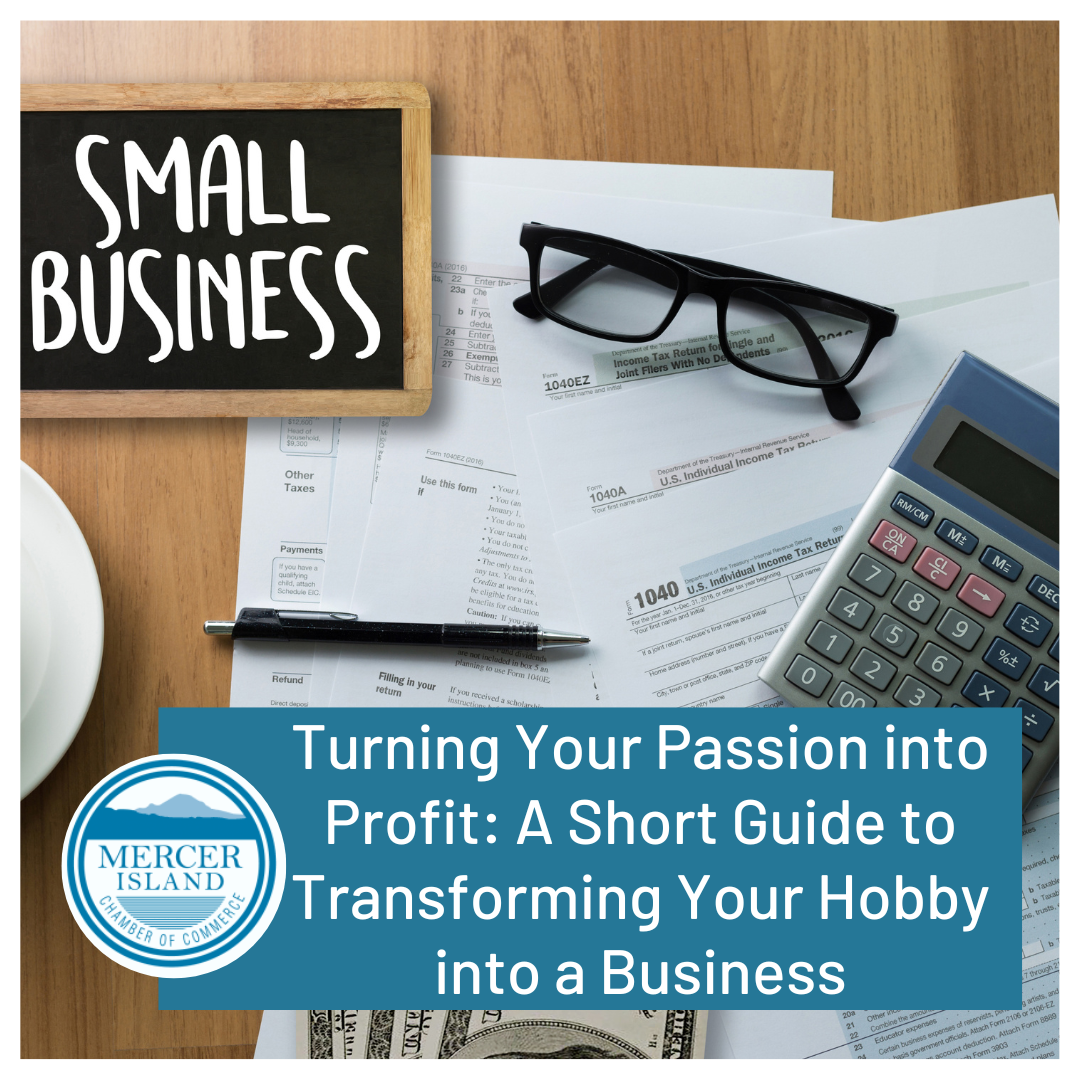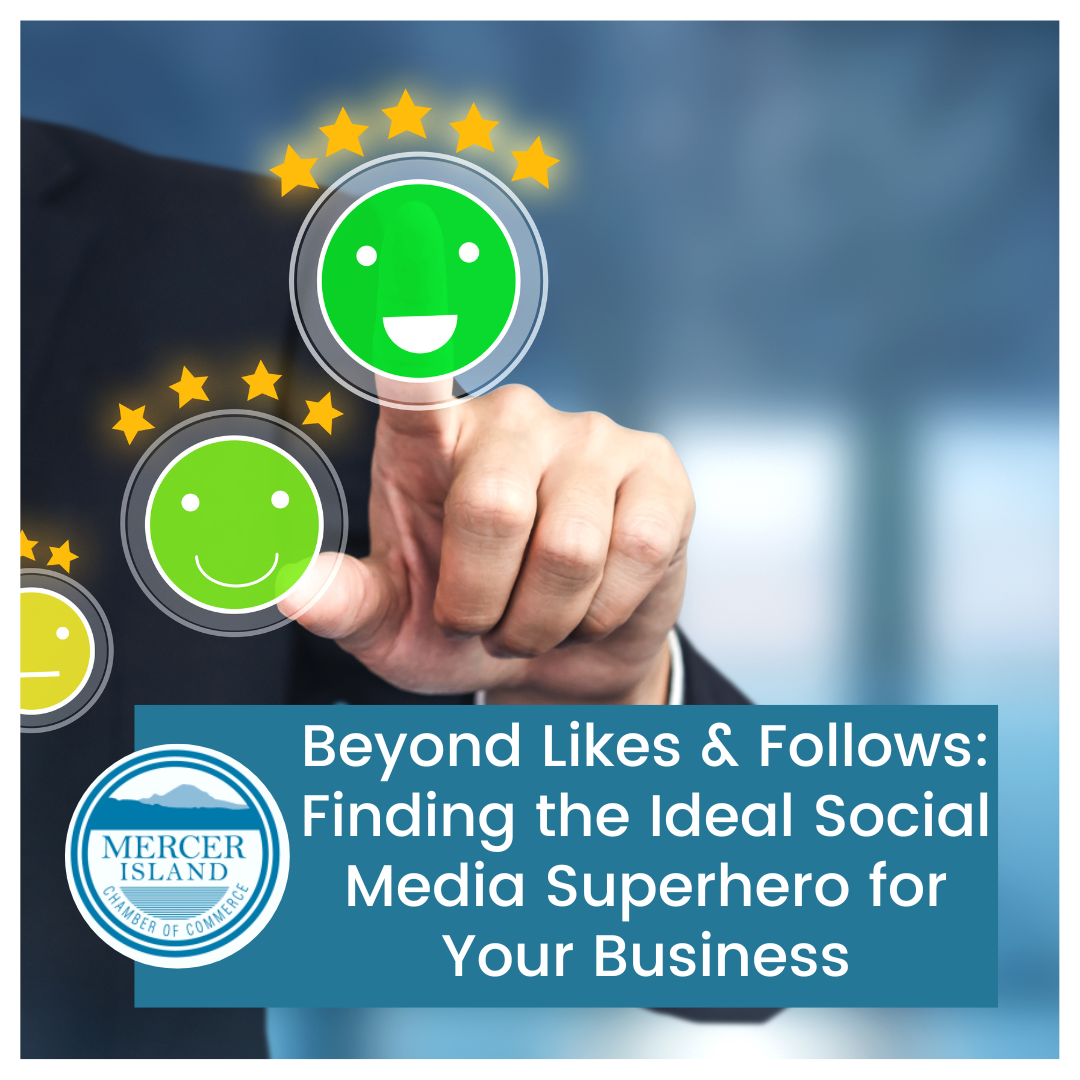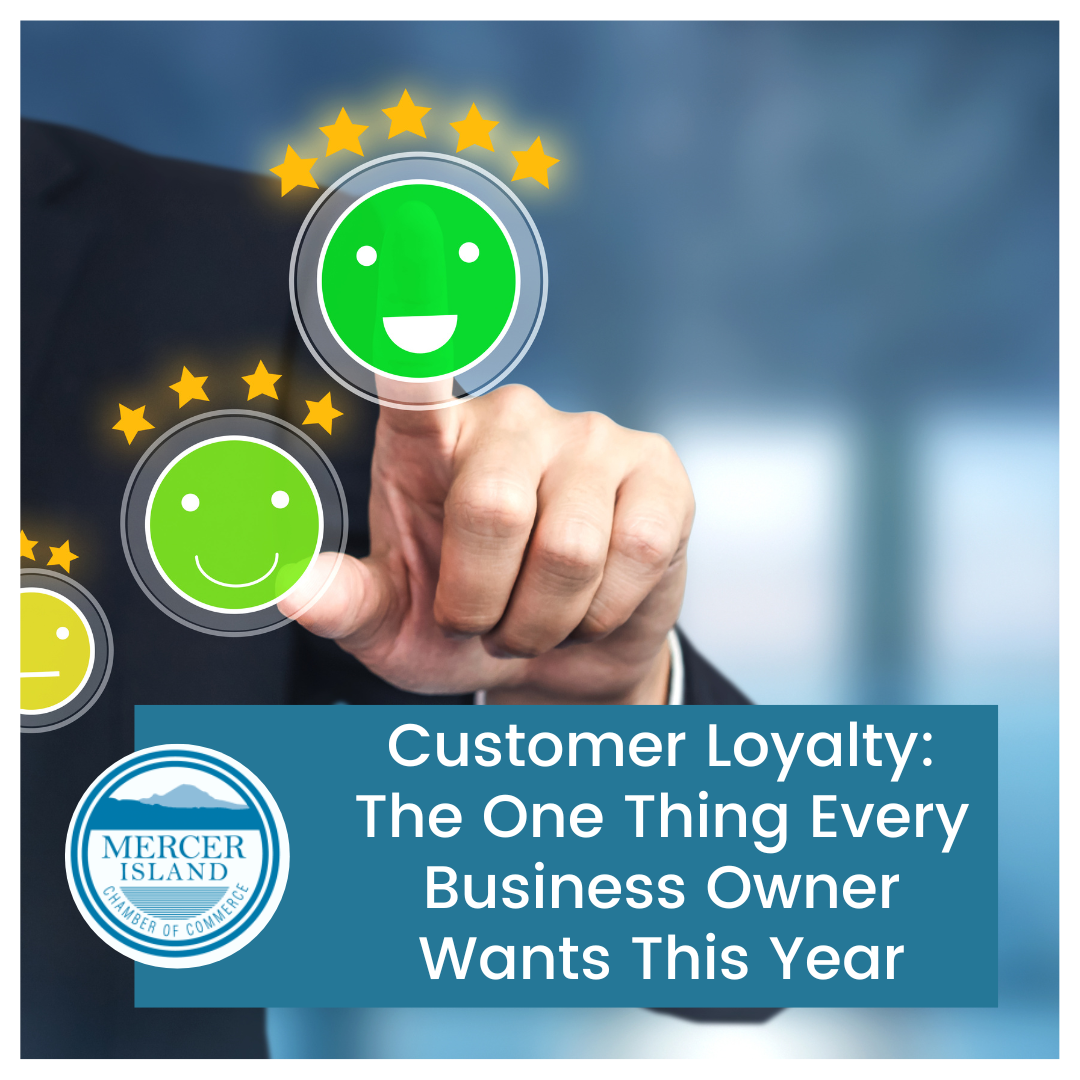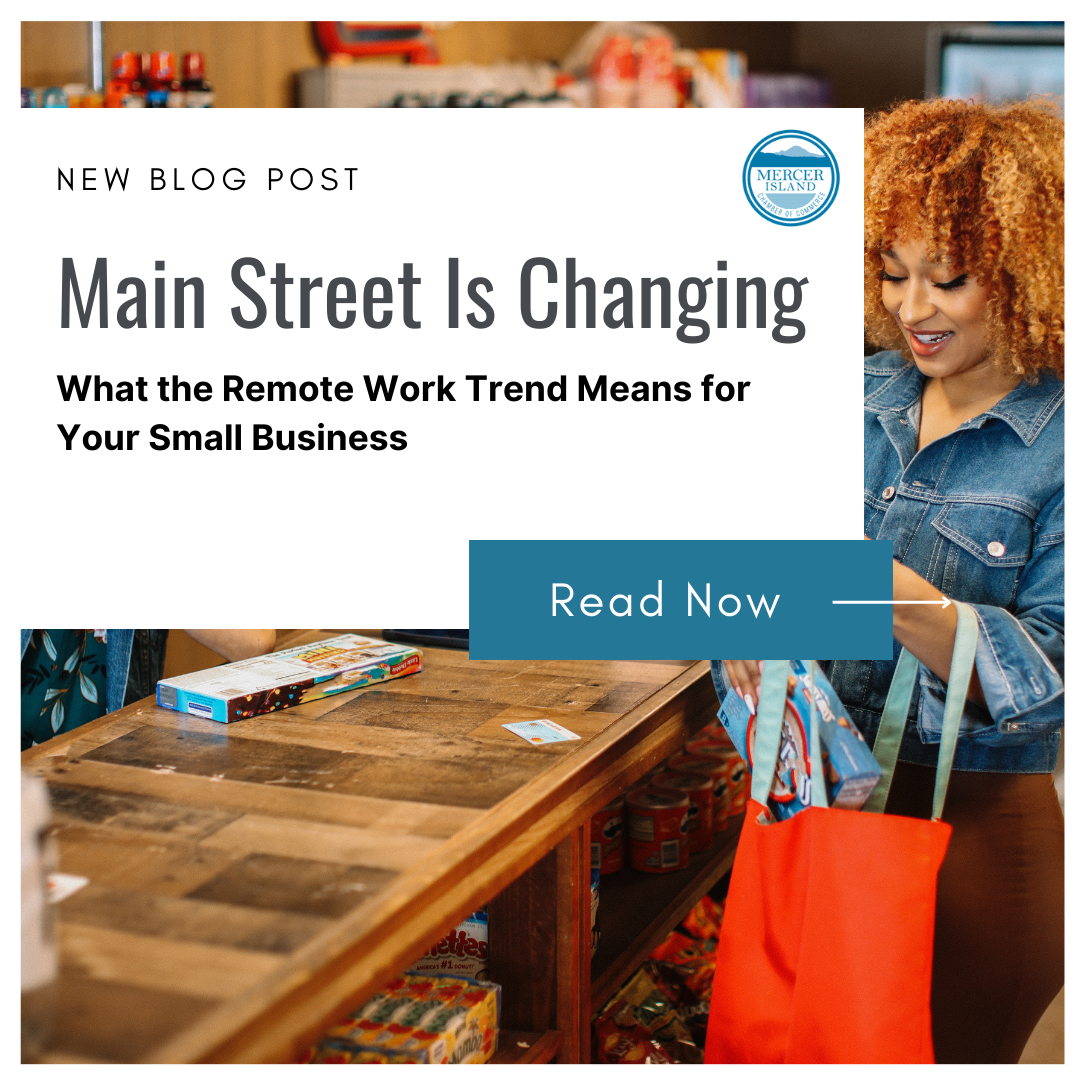Turning Your Passion into Profit: A Short Guide to Transforming Your Hobby into a Business

Whether it’s part of a work/life balance personal initiative, an idea to follow your bliss, or you simply want to change things in your life, if you have a hobby you want to turn into a business, we have some advice for you. It can be a huge leap of faith moving from a steady paycheck to relying on others to buy from you. But it can be done successfully if you do your homework first.
Going into business for yourself has the potential for personal and financial fulfillment. But it comes at great risk. For risk-averse people, this is the first challenge in going from hobby to business. As writer, speaker, and consultant Tim Ferriss wrote in his book The 4-hour Workweek, “People will choose unhappiness over uncertainty.” If you want to turn your hobby into a business, you’ll want to minimize the uncertainty. And that comes through planning.
Know the Facts About Opening a Business
There are many ways to go from hobby to business. You might sell items or perform services part-time while you continue to work for someone else. Some entrepreneurs put together a business plan and seek funding. But one of the most common ways to fund a new business is to use personal savings. Before you burn bridges with your current employer or risk your savings, create a plan to turn your hobby into a full-time business.
Step 1: Assess Your Hobby's Business Potential
Evaluate the market demand for your hobby-related products or services. Sure, what you make is really cool but is there a demand for it? If there isn’t, and you still want to proceed, you will need to educate your audience on the importance of your product or service.
Ideally, you will begin selling in your spare time at makers’ markets, festivals, events, and online. This should give you some insights into what works and what doesn’t before you officially launch as an “all or nothing” business. A trial like this helps with research and development for your business, marketing, and sales plans, which we’ll address in a little bit.
Consider the competition and identify your unique selling proposition (USP). What makes you different—and don’t say good customer service. That’s an expectation for your customers, not a USP.
Consider the time commitment, skills, and resources required to turn your hobby into a business and discuss them with the people who would be impacted such as your spouse. Coordinate things like childcare before it’s needed. Working for yourself is not a “cocktails at the pool” lifestyle. At least not initially. Working for someone else is a lot easier. As novelist and comic artist Oliver Marcus Malloy wrote, “Being self-employed means you work 12 hours a day for yourself, so you don’t have to work 8 hours a day for someone else.”
Step 2: Develop a Business Plan
Define your business goals and target audience. Who are you selling to? Who is your ideal audience? And don’t say -- everyone. Some people need your offering more than others. Find those people and get in front of them.
Choose a suitable business structure (sole proprietorship, LLC, etc.). While you don’t have to incorporate before your first sale, you will want to do so in the first year. Consult a tax specialist to understand what form of business will work best for you. Depending on your industry and offerings, you may want to consider business insurance and liability.
Outline your marketing and sales strategy. Now that you’ve decided who you’re going to sell to, figure out how you will do it and how you will get eyes on your product or service. Will you sell at public events like festivals or online running products out of your garage? There are many cost-effective solutions out there but having a strategy will help you from feeling like you need to chase every shiny object or opportunity that presents itself. Establishing business goals and a strategic plan will also give you a road map to direct you. A plan helps you decide what is worth your time and what isn’t in that crucial first year.
In line with your strategic plan/goals, create financial projections, including costs, pricing, and potential profit margins. Hobby businesses are often a labor of love, but if you enjoy eating and shelter, you need to understand if you’re succeeding or not. Plans give you that objective measure. There are many businesses that while they bring in money, still fail. That’s often because they don’t have a solid plan and end up growing too quickly where outlay overcomes earnings.
Step 3: Legitimize Your Business
Register your business with the appropriate government agencies. Obtain necessary licenses and permits. Check to understand your state and local obligations as well as federal.
Set up a dedicated business bank account. This will help keep your business expenses and earnings separate from other sources. Consider securing a business credit card or using a personal one for business-only expenses. Again, consult with a tax professional so you understand what you can write off for your business and so you keep accurate records and receipts.
Step 4: Build Your Brand and Market Your Business
Craft a compelling brand identity that resonates with your target audience. Utilize online platforms like social media and e-commerce websites to reach customers. You can begin doing these things for free (outside of the cost of your time).
Explore offline marketing options like local events and networking opportunities. The chamber has a wealth of information and connections. As the Voice of Business, they can help make the right introductions for you and lend your business legitimacy. It’s sometimes difficult to get people to take a chance on you. Chamber membership tells them you are a legitimate business with a vested interest in the community, not a hobby that may close shop tomorrow.
Step 5: Manage and Grow Your Business
Most people assume that the first year of business is the most perilous. That isn’t the case. Data from the Bureau of Labor Statistics indicates that while nearly 20% of new businesses fail within the first two years of opening, the riskiest time comes later. 45% of businesses close during the first five years, and 65% during the first 10 years. Only 25% of new businesses make it to 15 years or more.
While no business is a sure thing, if you implement efficient processes for production, inventory management, and customer service, you’re on your way to managing smart growth. Also, track your business performance through data analysis and adjust your strategies accordingly.
Regardless of how you initially funded your venture, consider seeking funding and exploring expansion opportunities. Your local chamber is a great source to find out about these and educate yourself on what’s available.
If you’re one of the estimated 42% of Americans who want to own a business, know that you’re in good company. Business ownership is one of the most fulfilling and challenging things you’ll do. It requires passion and perseverance and is anything but glamorous. However, if you’re like most of us, you’ll find that there’s nothing like it. It’s addictive. Just don’t be surprised if you realize you can never work for anyone else again.









Building a stronger Mercer Island through business advocacy, support and development.
Have a question or comment? Let us know.

